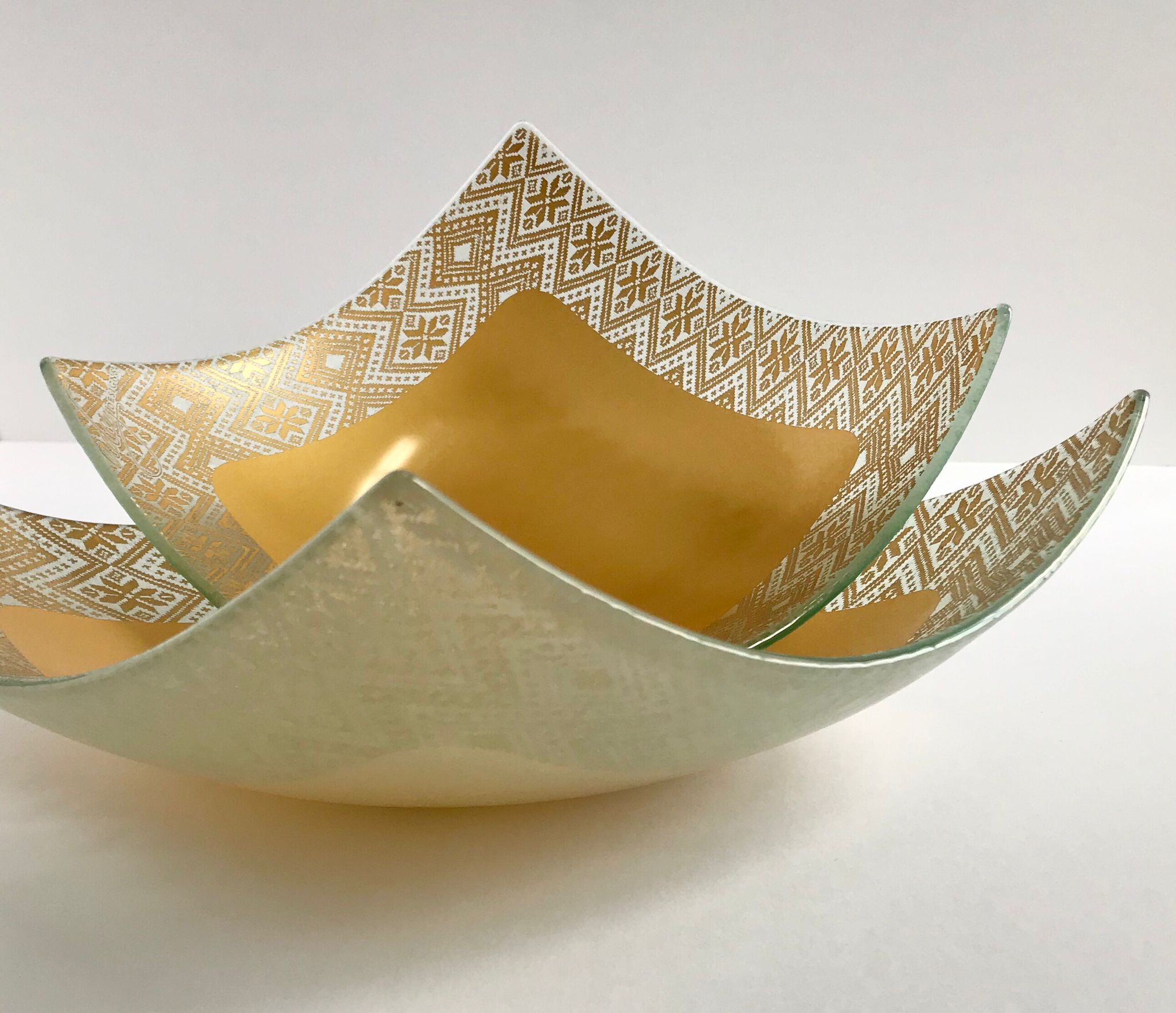Original Story Published by: Henry Navarro Delgado for The Conversation
Photography courtesy of: Marvel
(Above) The release of Black Panther provides the opportunity to honor the many contributions of Black style to North American fashion.
One knows that something is touching a nerve in North American culture when a foreign luxury car company wants a piece of the pie. The movie Black Panther is that type of archetypical popular culture milestone.
The film has generated a widespread sense of optimism. No wonder Lexus invested heavily in Black Panther’s production — in hopes that the movie’s popularity may lift car sales.
The timing of Black Panther couldn’t be better either. It’s Black History Month in Canada and the United States and disappointment over the lack of African-American winners at the 2016 Oscars is still fresh
Lexus aside, what has gathered a lot of media traction about the movie relates to dress. Both the costumes of the Black Panther’s characters and the styles worn by the actors at the film’s premiere have become a popular focus.
There are several other culturally significant aspects about the movie, of course. Chief among them is the fact that Black Panther features the only Black protagonist superhero in the Marvels Comics universe.
But dress style has long been one of few accessible forms of self-expression for North America’s marginalized groups. For the African Diaspora in North America, dress has always had political connotations.
Black style politics
For social groups that can’t access institutionalized forms of creative expression, dress and personal style often become a form of political and cultural broadcasting. The immediacy of clothing and its perceived lack of pretension provides a visible and versatile canvas. For North American Black communities, style can also connect them to a cultural continuum that stretches all the way to Africa.

In understanding how and why Black Panther entered our collective consciousness, it’s important to make a distinction between the film’s two strands of dress. On one hand we have dress as a fictionalized characterization; the movie costumes. On the other hand we have dress as celebrity-enabled commentary; the actor’s outfits during the film’s premiere.
Both wardrobes represent related but distinct aspects of Black style’s linkage to identity, race and culture in North America. Within this context, both the political and social significance of Black style are important. But most important is the long overdue need to honour the many contributions of Black style to North American fashion.
Black Panther’s dress codes
Similar to other Marvel superheroes, Black Panther has a double life and matching outfits for each one of those lives. His supernatural persona is outfitted in a skintight, high-tech suit complete with a feline mask. When not on superhero duty, he wears dapper suits or African warrior regalia. Each of those outfits represents different strands of Black style.
Like Black Panther himself, supporting characters exist in three overlapping spaces; the U.S., the fictional African country of Wakanda and the legendary kingdom of Wakanda.

Costumes worn by characters in each of these spaces capture complementary facets of pan-African dress style across geographical, temporal and cosmological boundaries. We see the expected Westernized dress of Wakanda — a front for the hidden Wakanda Kingdom. But when the action takes place in the kingdom of Wakanda, the overall aesthetic is Afrofuturistic.
However disparate those realms, the overall visual ambience of the movie, including costumes, just flows. How is this even possible?
To read the full article, visit The Conversation.









